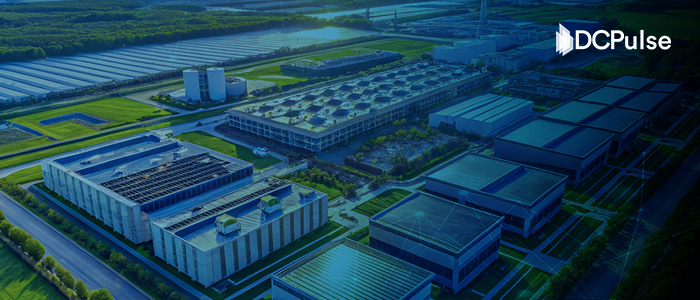Gujarat, India, September 8, 2025- Gandhinagar is set to become home to a major new state-level data centre, aimed at making land and revenue records easier to access while safeguarding them for the future. On Monday, Revenue Minister Jagdish Vishwakarma announced in the state assembly that the facility, currently under construction in Sector 14, is expected to be up and running by the end of 2026.
The seven-storey building will cover nearly 245,000 square feet and is now at the foundation-laying stage. The state has allocated ₹62.3 crore for the project, reflecting the importance of this modern infrastructure for both administration and citizens.
All revenue-related documents, including property ownership records, land surveys, extracts, and maps, have already been digitized. Once the centre is operational, residents will be able to retrieve their records online with just a click, removing the need to visit government offices physically.
The facility is designed to do more than store digital files. It will include a compact storage record room, a conference and training hall, and even a museum to showcase historic records. Of particular note, it will preserve land measurement archives dating back to 1888, safeguarding documents from the British-era survey that hold both administrative and historical value.
The data centre also serves as a backup for district-level records, ensuring that vital information remains safe even in the event of natural disasters or other emergencies. This move is part of Gujarat’s larger effort to strengthen e-governance, improve citizen services, and create disaster-resilient infrastructure.
Speaking about the project, Minister Jagdish Vishwakarma said, “This centre will not only make land and revenue records easily accessible for citizens but will also preserve our historical archives for generations to come.”
Once completed, the data centre will mark a significant step forward for Gujarat’s digital infrastructure. By combining modern record management with historical preservation and disaster resilience, the facility aims to provide efficient, future-ready services for residents while safeguarding the state’s valuable administrative heritage.



.jpg)
.jpg)
.jpg)